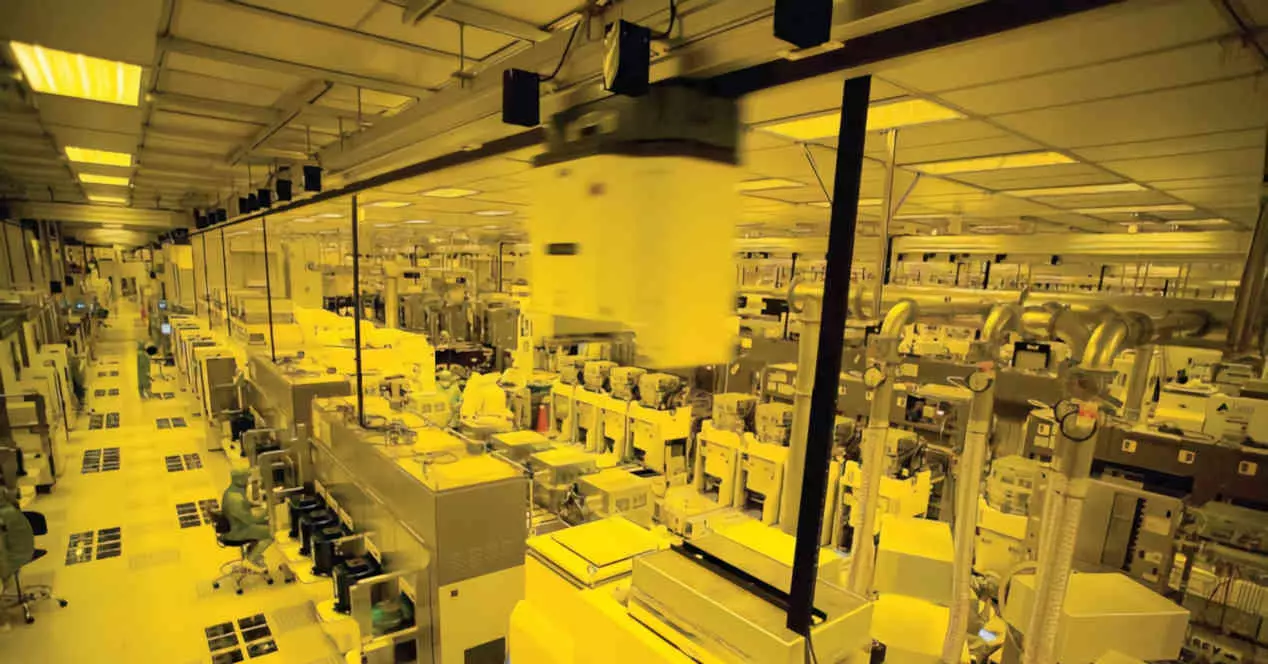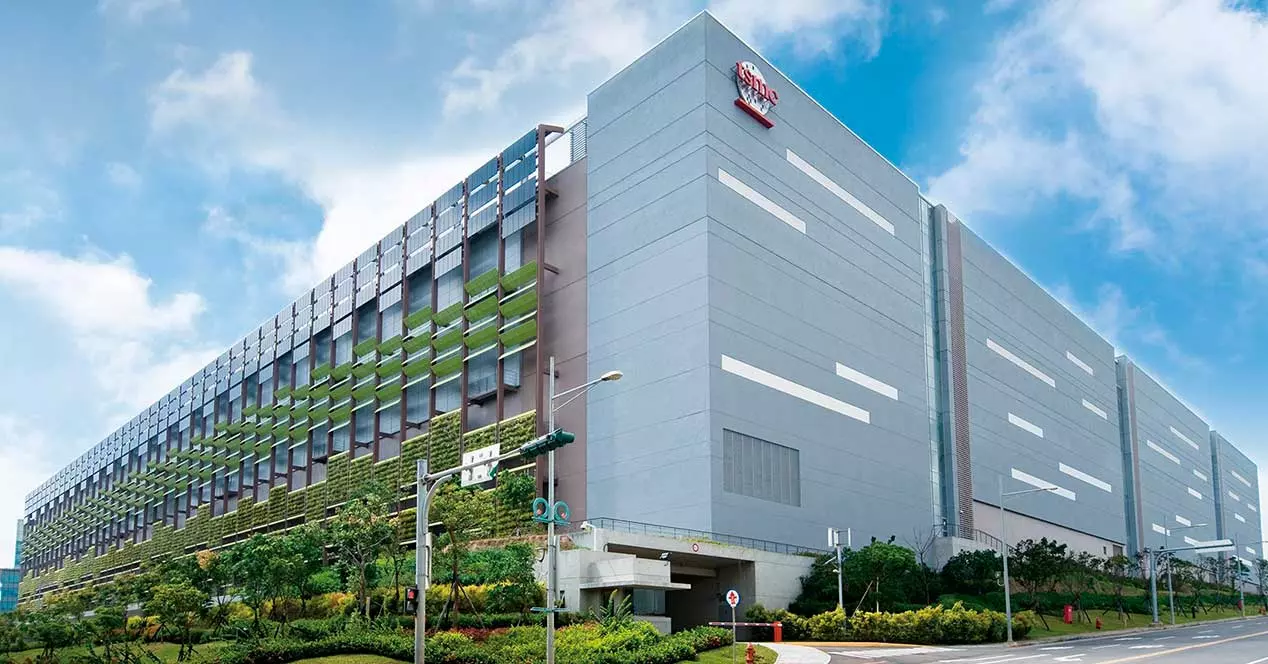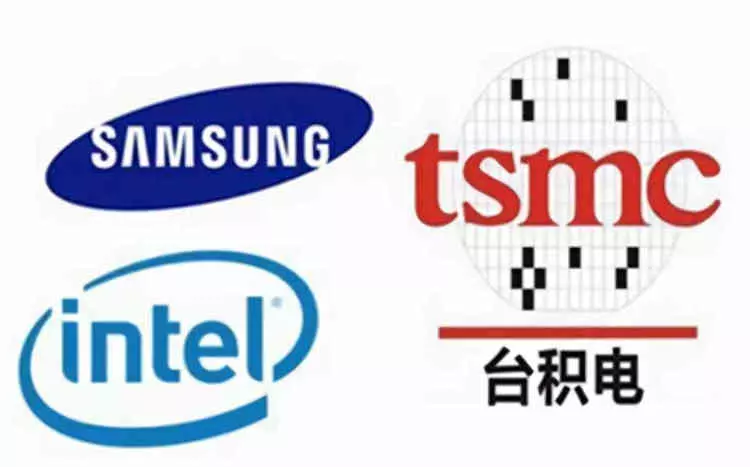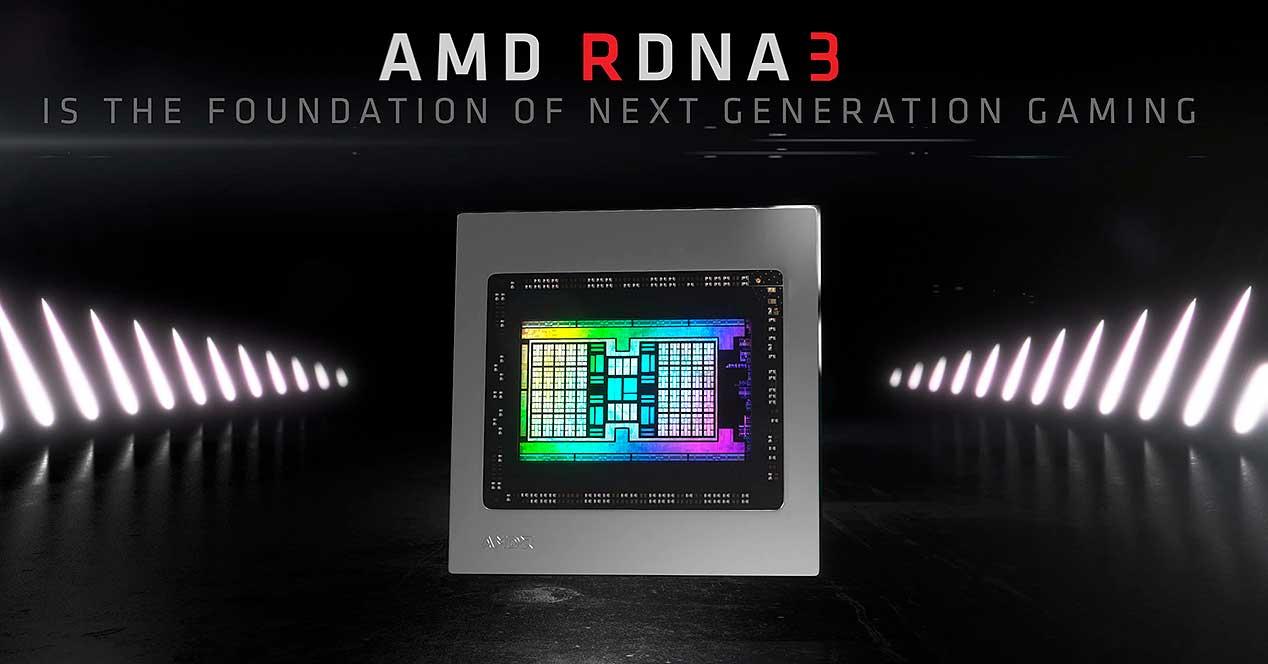
There is no doubt that the future of processors is not in monolithic designs, but in decoupling the functionality in different chiplets. The catch is that not all these chiplets need the most advanced nodes to function and therefore the demand for less advanced nodes will grow. For example, it is said that future Zen 4-based AMD Raphael CPUs will use a 5nm CCD in combination with a 7nm IOD.
In the midst of increasing demand for the already overloaded 7 nm node, TSMC has decided to set up new factories in order to supply the high demand for one of the most successful nodes in the history of the foundry.
TSMC would be building more factories for its 7 nm node
According to industry sources, TSMC is planning the construction of a new production center in the city of Kaohsiung in Taiwan, where they will build up to 6 factories to stock chips under the company 7nm node For your customers.
All of this coincides with the price increase per wafer by TSMC where costs have increased for customers. Between 10% and 15% for nodes 7nm or more advanced to this and up to 20% for the more mature and therefore older nodes that continue to use nodes for the manufacture of older chips.
Currently TSMC 7nm node is fully saturated due to the large number of products that are manufactured at this size of transistor. Since the node will continue to be used for certain elements of future chiplet-based CPUs and GPUs, it has been decided to move part of the future designs for 2022 to the company’s 6nm node. What is clear is that the 7nm from the Taiwan foundry will continue to be in high demand, even after the launch of its 5nm node for high-performance processors.
This is all a response to the plans of Intel and Samsung
TSMC have had to change their strategy of handing over their factories to manufacture third-party chips since Intel announced its plans to compete in the same segment as the Taiwanese manufacturer. As we already mentioned a few days ago, the Asian foundry has had to change its plans for the 5 nm node in the United States, where now its new plans consist of manufacturing in Taiwan to assemble in the United States.
The motive behind this strategy? Cost reduction for potential customers. Let’s not forget that while Intel has a vertically integrated business where they design and manufacture their chips, at TSMC they do not design anything and rely on collaboration with third parties. Hence the dependence to get the best CPU and GPU designs for both PCs and other devices, in order to have their factories up and running.
Nor can we forget its great rival in the Asian market, Samsung, which has long been the third in contention when it comes to large foundries for the manufacture of chips. And it is that we cannot forget that while TSMC is a leader in the manufacture of logic and therefore of processors, Samsung is not up against anyone in the manufacture of memories of all kinds. In any case, any wrong move by Samsung is potential customers for both TSMC and Intel.





